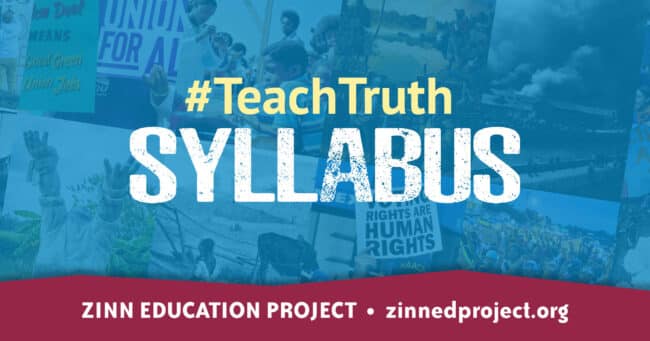
The tsunami of new laws attacking public school curricula mobilize a range of doublespeak, from “divisive concepts” to “race scapegoating” to “psychological stress;” many include the admonition that teachers may not teach students that “the United States is fundamentally or irredeemably racist or sexist.”
Many of the laws single out “critical race theory” as the curricular bogeyman. Whatever the particular terminology used in each state, they are united in their larger political goal: to rob children of access to a usable past, an account of history that helps them fully see and understand their present.
The Right hopes to strip the classroom of its potential as a powerful democratic space, where students learn to see themselves not only as individuals, but as part of history, with the capacity to question, challenge, build solidarity, and act to transform society.
We must not let them.
We offer this #TeachTruth syllabus as a gesture of defiance and education. The right would be happy to keep the conversation at the level of obfuscation, divorced from reality and history. We, on the other hand, want to talk about the truth — the truth about our past and present, the truth about our classrooms and curricula.
Although you will not find the phrase “critical race theory” anywhere in the linked materials, you will find that these resources, like CRT, provide a framework for students to understand how racial disparities developed historically and endure today.
Donate to bring these lessons to more classrooms.
The Truth About How We Teach the Past
The Florida Department of Education approved a rule that teachers “may not define American history as something other than the creation of a new nation based largely on universal principles stated in the Declaration of Independence.”
A truthful curriculum, on the other hand, engages children in a much broader investigation of the past, emphasizing how racism and other forms of inequality were built into the foundation of the United States, how these inequalities have persisted and changed over time, and how individuals and groups have resisted and organized for justice.
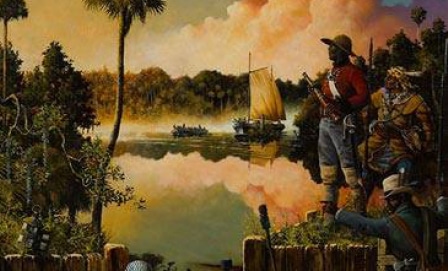 |
A lesson on the countless colonial laws enacted to create division and inequality based on race, which helps students understand the origins of racism in the United States and who benefits. |
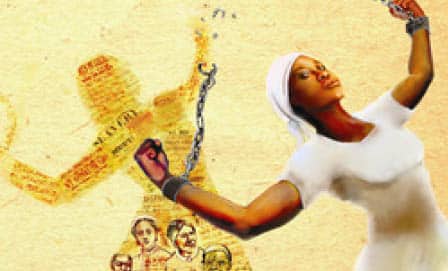 |
Poetry of Defiance: How the Enslaved Resisted A lesson investigating how enslaved people resisted the brutal exploitation of slavery and highlighting the defiance of the enslaved. |
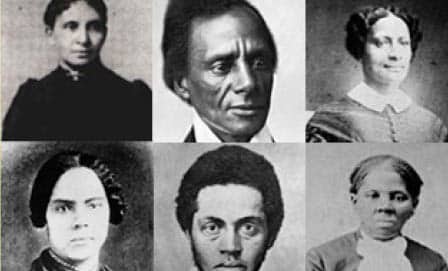 |
Who Fought to End Slavery? Meet the Abolitionists A lesson introducing students to participants in the abolition movement, perhaps the most significant social movement in U.S. history. |
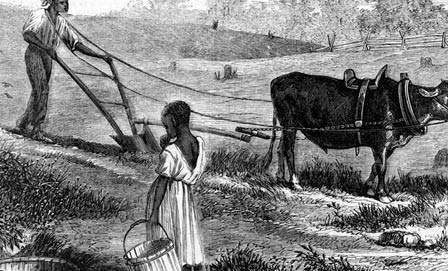 |
An activity in which students think about and debate what freedpeople needed in order to achieve — and sustain — real freedom following the Civil War. |
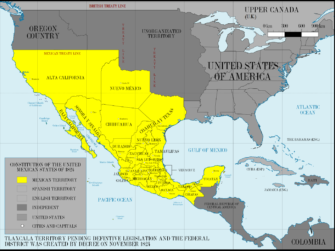 |
U.S. Mexico War: “We Take Nothing by Conquest, Thank God” Grasping some of the motives for the U.S. Mexico war and some of its immediate effects begins to provide students the kind of historical context that is crucial for thinking intelligently about the line that separates the United States and Mexico today. |
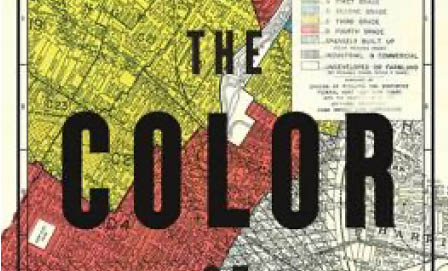 |
How Red Lines Built White Wealth A lesson that reveals one origin of the modern racial wealth gap — how government policies segregated housing, with dire consequences for African Americans. |
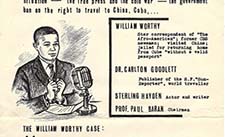 |
Subversives: Stories from the Red Scare In this mixer lesson, students meet 27 different targets of government harassment and repression to analyze why disparate individuals might have become targets of the same campaign, determining what kind of threat they posed in the view of the U.S. government. |
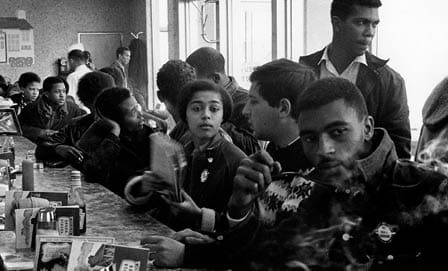 |
A series of activities explores the organizing and activism (including civil disobedience) of the youth-led Student Nonviolent Coordinating Committee to secure freedom and democracy in the United States. |
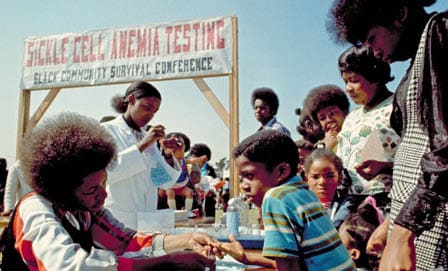 |
What We Don’t Learn About the Black Panther Party — but Should This essay examines the pivotal organizing of the Black Panther Party — and how that story is often misrepresented in or omitted from textbooks. |
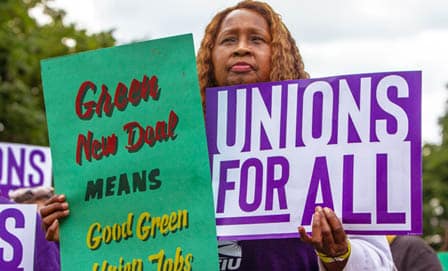 |
From the New Deal to the Green New Deal: Stories of Crisis and Possibility A lesson that uplifts a wide assortment of people who interacted with New Deal policies, so that students can evaluate the program’s possibilities and pitfalls. |
The Truth About How We Teach the Present and Future
States like Florida insist that we never teach U.S. history as “something other than the creation of a new nation based largely on universal principles stated in the Declaration of Independence.”
But that’s not history, it’s fairy tale. It distorts both past and present. Our students can handle a past that is complicated and honest enough to provide substantial insights into today’s society. But it is this meaningful link between past and present that terrifies the Right. That’s why legislators in Texas have outlawed one of the traditional staples of the civics classroom: the “write your legislator” assignment.
The Texas law reads, “a teacher may not require, make part of a course, or award a grade or course credit . . . for a student’s . . . efforts to persuade members of the legislative or executive branch at the federal, state, or local level to take specific actions by direct communication.”
Igniting young people’s desire to take action to transform society — whether through writing a legislator, testifying at a school board meeting, participating in a protest, or organizing a social media campaign — is one mark of truly democratic schooling. This is what the Right seeks to suffocate.
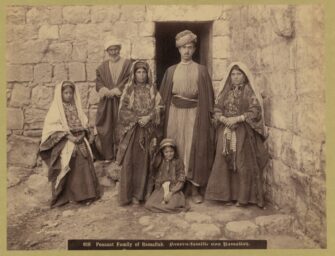 |
Teaching the Seeds of Violence in Palestine-Israel A mixer/mystery activity on Zionism, anti-Zionism, peasant resistance, the Great War, the British Mandate, and more. |
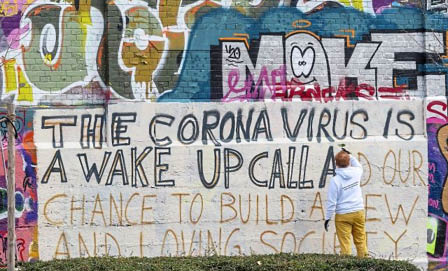 |
Who’s to Blame? A People’s Tribunal on the Coronavirus Pandemic An activity in which students weigh who — or what — is to blame for the deadly coronavirus pandemic. |
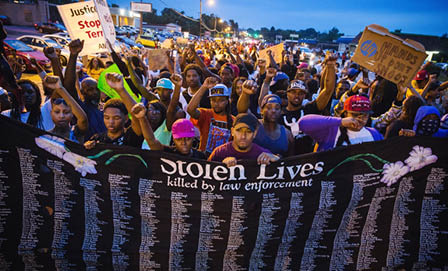 |
“Riots,” Racism, and the Police A lesson uses primary source documents to teach the long trajectory of police violence in Black communities. |
 |
How We Remember: The Struggle Over Slavery in Public Spaces An activity prompts students to imagine themselves as “public historians,” to draw on an infinitely painful history to help make sense of society today. |
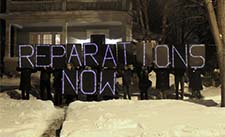 |
How to Make Amends: A Lesson on Reparations Students meet dozens of advocates and recipients of reparations from a variety of historical eras to grapple with the possibility of reparations now and in the future. |
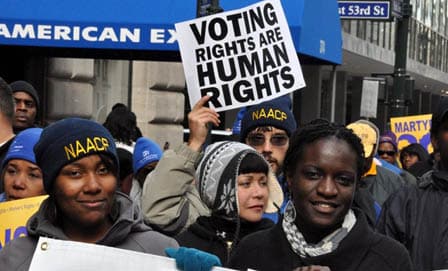 |
Who Gets to Vote? Teaching About the Struggle for Voting Rights in the United States A unit explores the long history of voter suppression and the struggle for voting rights in the United States. |
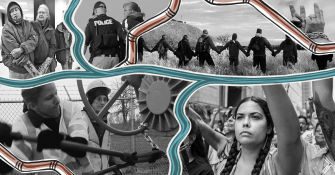 |
Teaching Climate Disobedience and the Necessity Defense A lesson about multiple cohorts of climate activists including Indigenous leaders in the Climate Justice Movement and valve turners using civil disobedience to stop the flow of oil. |
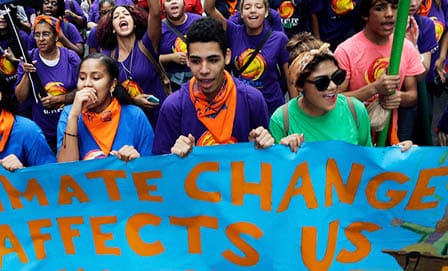 |
A raft of teaching resources addresses how to teach the climate crisis in a way that also confronts racism, economic inequality, misogyny, militarism, xenophobia, and that imagines a livable and just future. |
The Truth About Teaching for Equity and Social Justice
We reject the universalizing, color-blind posture of these laws and challenge the canard that to acknowledge race is itself racist. We know that students come into our classrooms with different experiences, derived in part, by their social positions — their race, class, gender, ability, national origin, language(s), citizenship status, etc.
By teaching for equity and social justice, we invite students’ whole selves into our classrooms, to celebrate our varied humanity, to understand the meaning of our differences, and to imagine together how we might change the world.
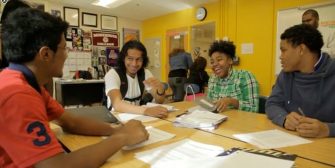 |
Where I’m From: Inviting Student Lives Into the Classroom A poetry lesson by Linda Christensen, in Rethinking Schools, that invites students to bring their families, homes, and neighborhoods into their writing and the classroom. |
Find more resources below.

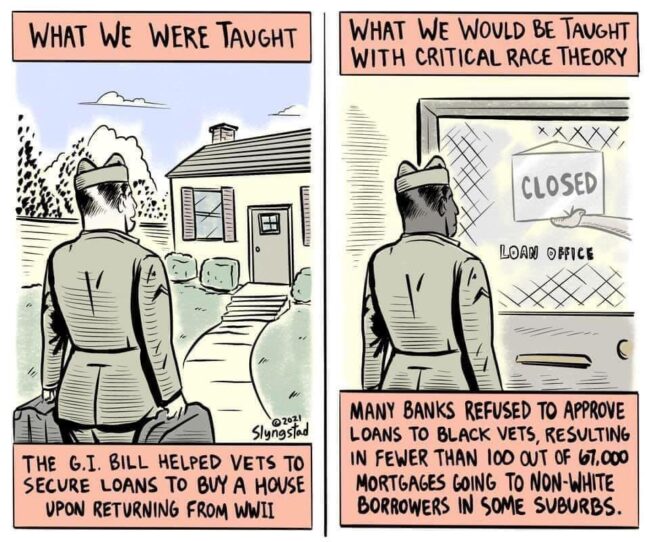
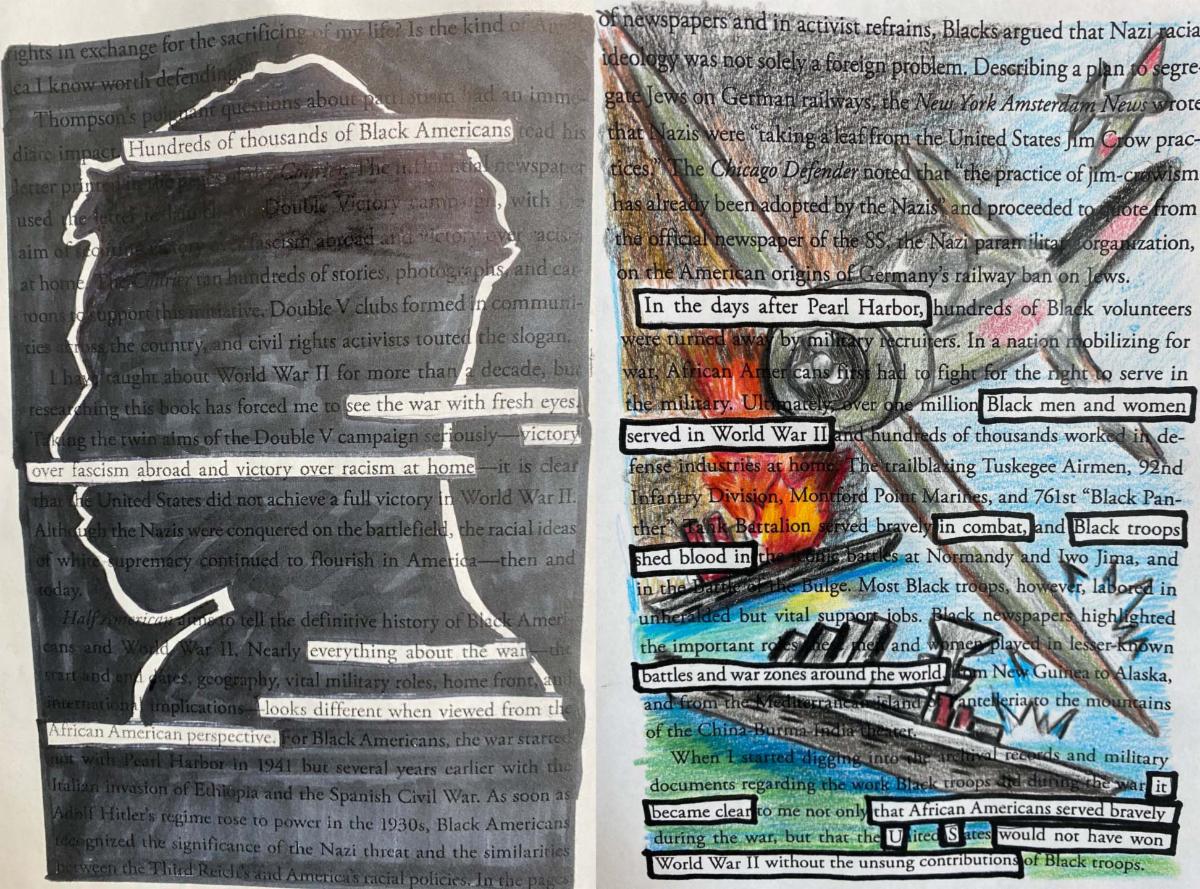
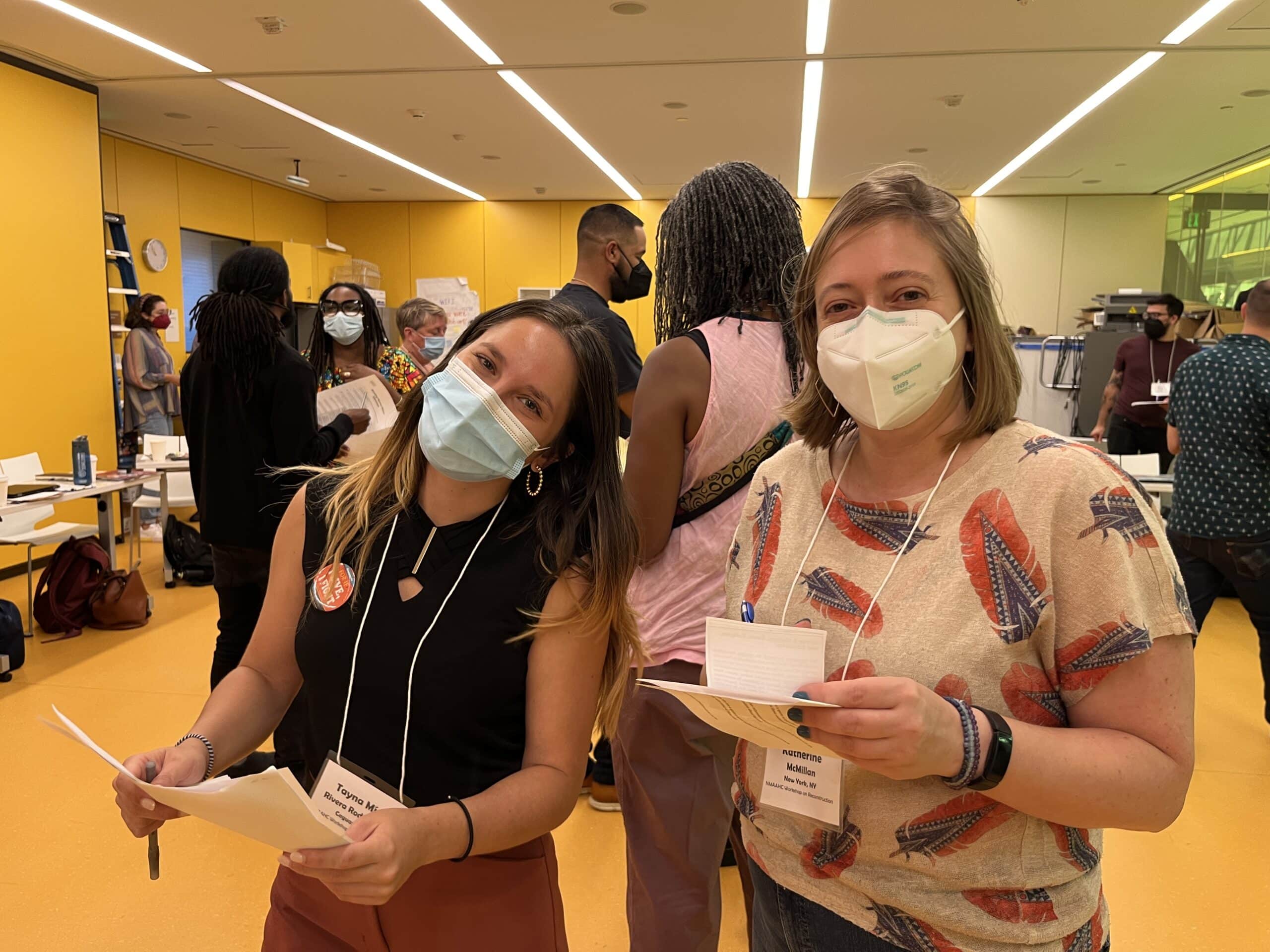

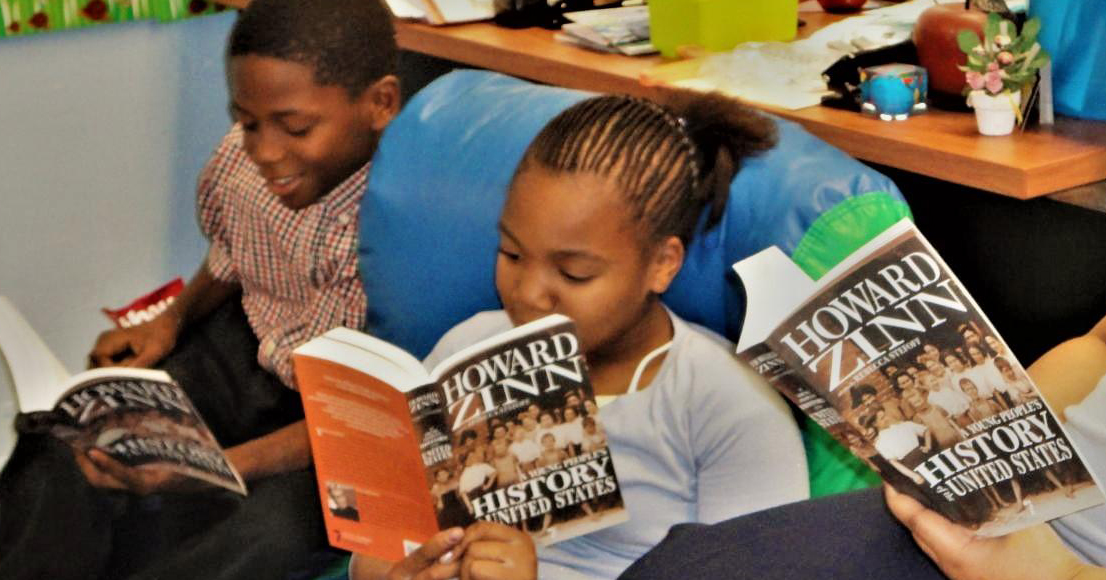
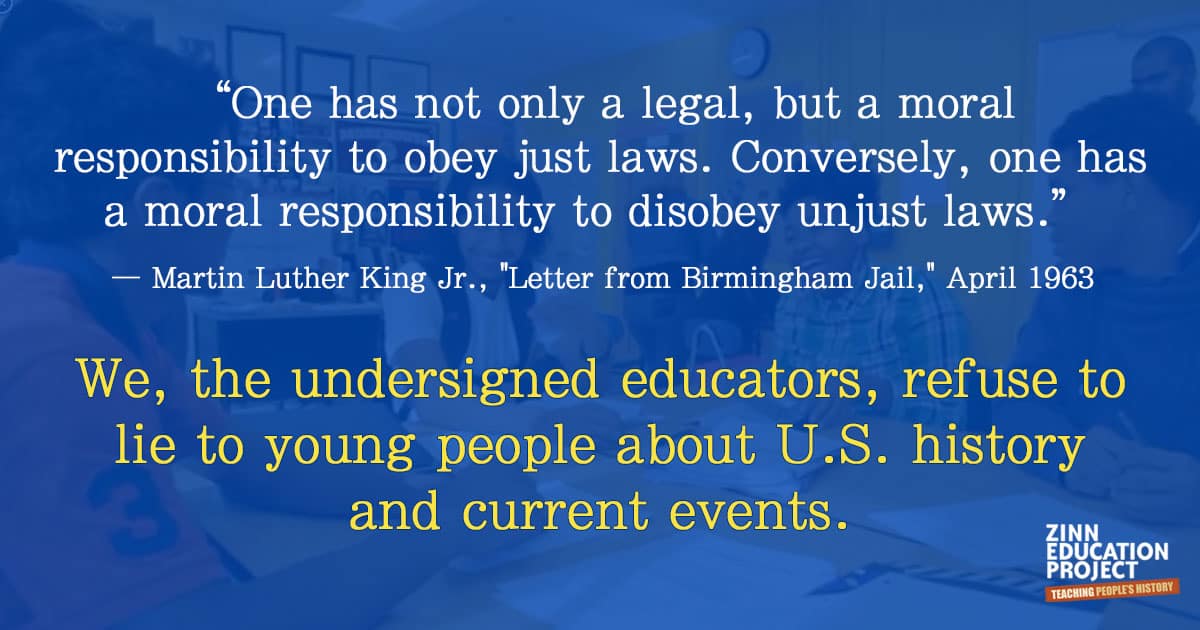
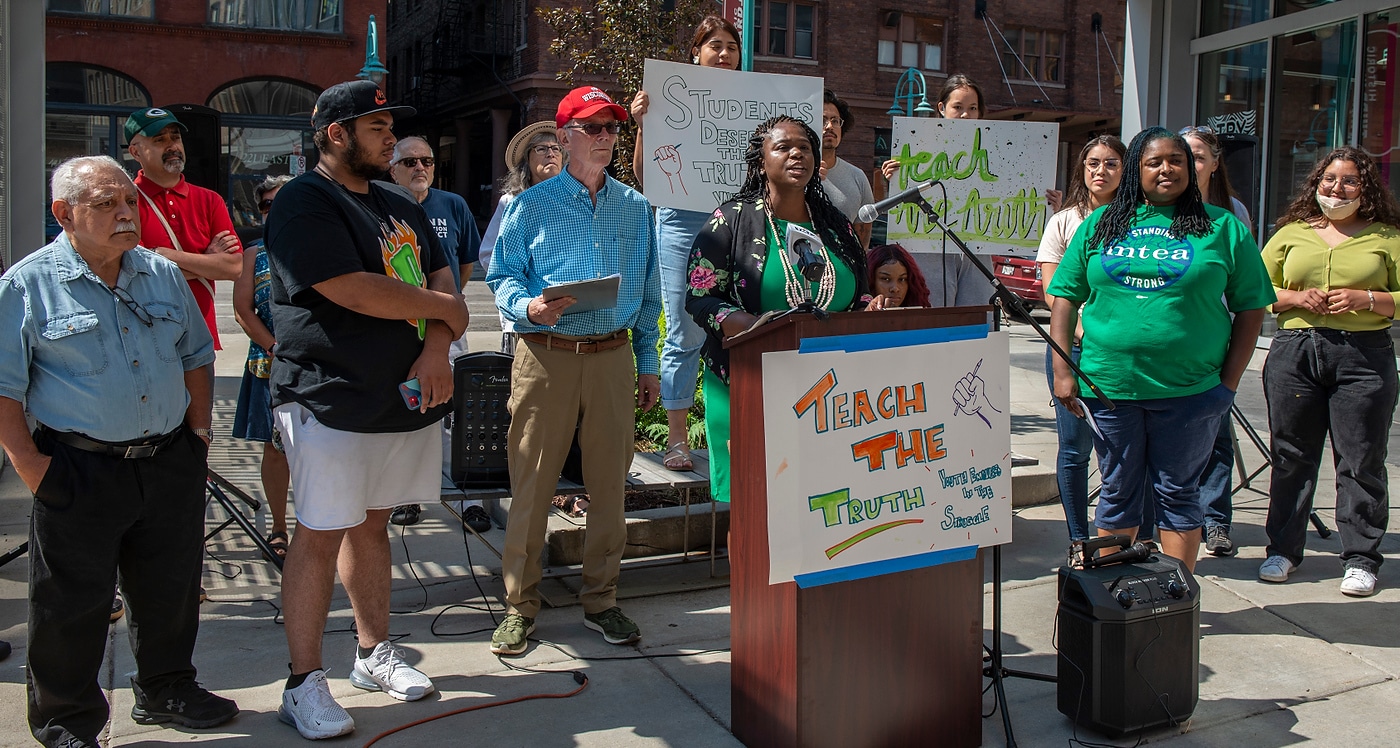
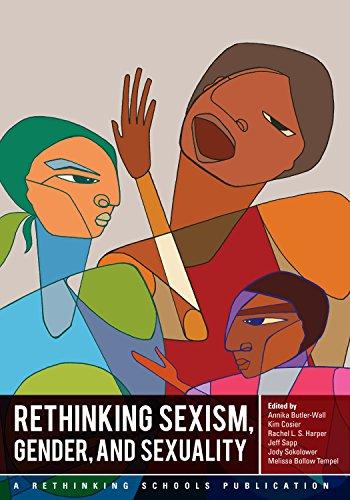
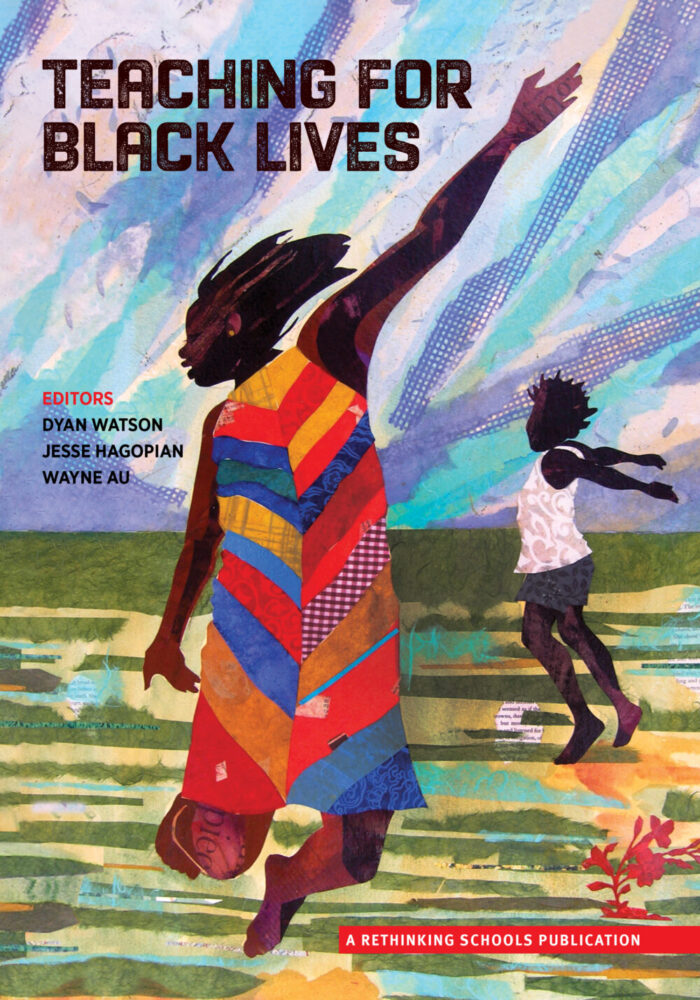





As a Muslim American educator who wears hijab (headscarf), I have had my share of racism and suspicious eyes on me. But this has not stopped and never will. Teaching the truth to our students is primordial to the continued movement toward progress and equality. Thank you, Mr. Zinn for opening our eyes with your writings!
I have been targeted as a homo, commie, pinko to name a few. I have been threatened. I am honored!